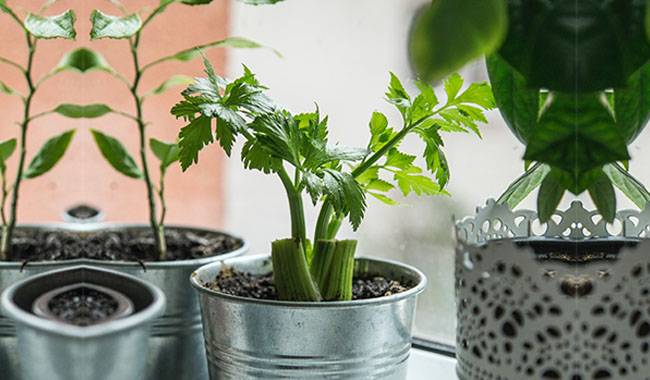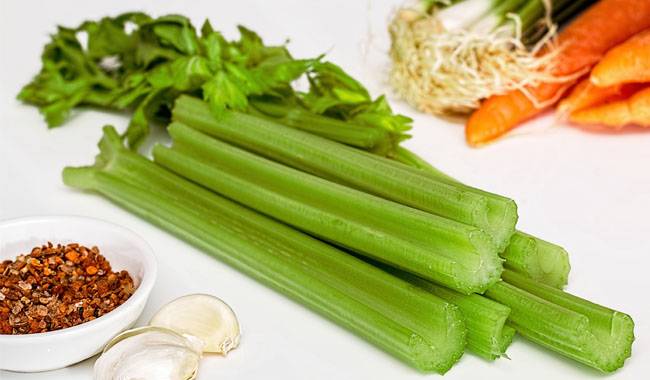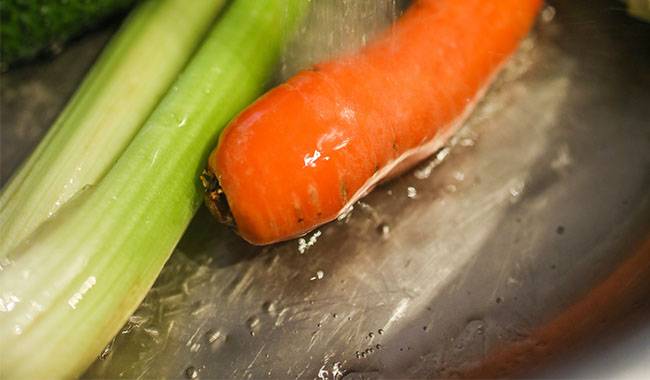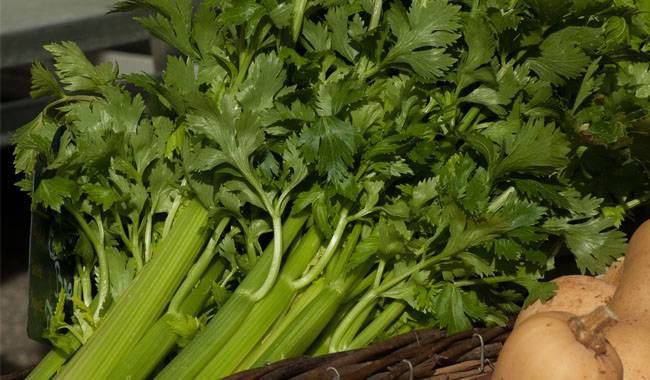
Garden celery not only tastes better than store-bought, but it is also less chemically taxing. In cooler spring and summer areas, plant celery in early spring.
In warmer spring and summer areas, plant celery in late summer to late summer for harvest in late fall or early winter. So when is celery ready to harvest? This article will explain to you the recommendations for harvesting celery.
For us, celery is a garden staple because it is very useful in the kitchen – for stews, stir-fries, soups, and salads.
Celery is a cool crop that is half resistant to frost and light icing. Celery has a fairly long growing season and has little tolerance for temperatures that are too high or too low.
Most gardeners grow celery purely to address the challenges that come with growing vegetables in the backyard.
Depending on the variety, celery is ready to harvest 85 to 120 days after transplanting.
Celery is very picky and can be a challenge. The optimum temperature for growing celery is 65° to 75°F (18°-24°C) during the day and 60° to 65°F (15°-18°C) at night.
Daytime temperatures must be maintained above 55°F (12°C) and nighttime temperatures above 40°F (4.5°C) or the plants will set seed and bear fruit.
Even at 80°F (26.6°C), celery harvested in hot, dry weather will be tough, tough, and bitter.
WHERE TO GROW CELERY
Celery can be grown anywhere with a long/stable cool growing season, adequate rainfall, and moderate climate.
GROWING CELERY
Growing good celery can be a bit tricky. It needs nutrient-rich and well-drained soil. Add plenty of organic humus in the form of aged manure, compost or leaf mold, and some 5-10-10 organic fertilizer. Celery landed from bog plants also needs a lot of water. Wet it out in short bursts and you will harvest delicate, bitter stems. Finally, if possible, plant it in a sunny spot.
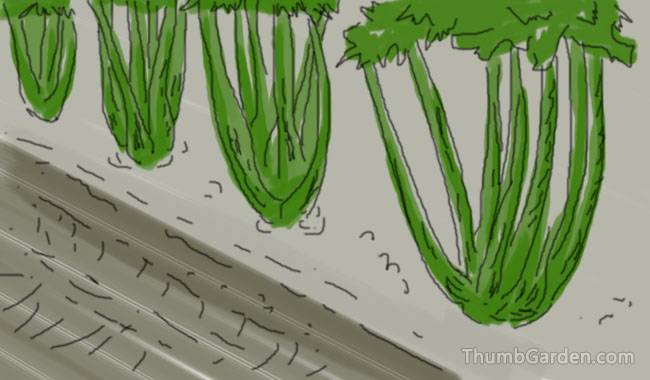
CELERY SOIL
In addition to climate, the quality of the soil will determine whether celery is viable to grow. Farmers used to consider the manure soil at the bottom of the river as “celery soil”. This is what celery needs – highly fertile soil rich in compost, decomposed manure, and peat moss. The crop always needs water and a lot of nutrients to grow fast.
CELERY CULTIVATION
After setting out seedlings, they need a quick start, which is usually provided by watering the plants with a water-soluble, high-nitrogen fertilizer. Since the plants have fine, almost hair-like roots, cover the weeds with a thick mulch.
CELERY CARE
- Pests
Celery leaf layer – Apply pyrethrum dust twice at 1-hour intervals. - Diseases
Early and late blight – Purchase quality seeds and transplants; clean up the garden after harvesting each crop.
WHEN TO HARVEST CELERY
Harvest celery once the stems are large enough to use, i.e., about 6 inches (15 cm) or longer from the soil line to the first leaf.
Cut off individual stems at or just below the soil line or cut off the entire plant. The inner stems are the most tender and are best when uncooked. Dark green stems contain the most nutrients.
Whole plants larger than 3 inches (7 cm) in diameter are ready to harvest. Harvest compact, whole plants with no open space in the center of the stem.
Celery can be harvested throughout the winter in areas with mild winters. In cold winter areas, celery should be harvested before freezing and to prevent frost. Protect celery from frost by piling the soil around the plant.
HOW TO HARVEST CELERY
- Harvesting celery plants
Celery plants have a long growing season and can usually be harvested about 85 to 120 days after transplanting. It is best to harvest before the temperature becomes hot, as this may cause the stems to harden and become astringent.
Water the soil down before harvesting. Loosen the soil around the plant, hold it firmly with both hands, and pull it out of the ground in a twisting motion. - Harvesting celery stems
Although you can always harvest some stems, certain varieties (such as French Dimant) do lend themselves to this technique. Cut off the stems with a sharp knife so that they are about two inches above soil level.
To prevent disease, disinfect the knife with alcohol and then rinse it with water before transferring it to another plant. Keep an eye on the cut stalks for signs of decay. - Harvesting celery leaves
Cut celery has many more leaves and much thinner stems than table celery. The leaves are used as a flavoring in stews, soups, and other recipes, rather than for fresh consumption.
They can be harvested as a whole plant just like celery stems. You can also cut individual stems and leaves using the same technique as harvesting individual stems. - Harvesting celery seeds
Celery is biennial, so you will not be able to harvest the seeds until the second spring. You can harvest to obtain seeds that can be planted or used for cooking.
Allow the seed corymbs to dry on the plant until the seeds begin to turn brown, then peel off the mature seeds. The remaining seeds will be ripe and can be harvested later.
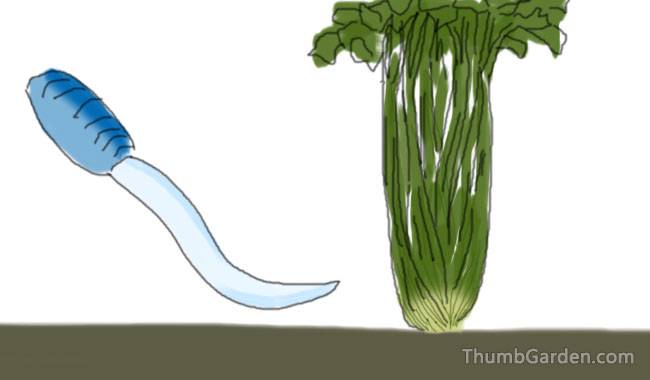
HOW TO STORE CELERY
Celery should be stored in a cold and moist environment at 32°-40°F (0°-4°C) – as cold as possible without freezing – at 95% relative humidity.
Cold and moist storage can be a challenge. The refrigerator is cold, but the air is dry.
Wrap the celery in a damp cloth or paper towel and place it in a perforated plastic bag in the vegetable crisper section.
Celery with leaves attached will sit in the refrigerator for a few days, while without leaves it will last up to two weeks.
If celery is stored at too high or too low a temperature, its quality will deteriorate and the stems will turn yellow and thick.




